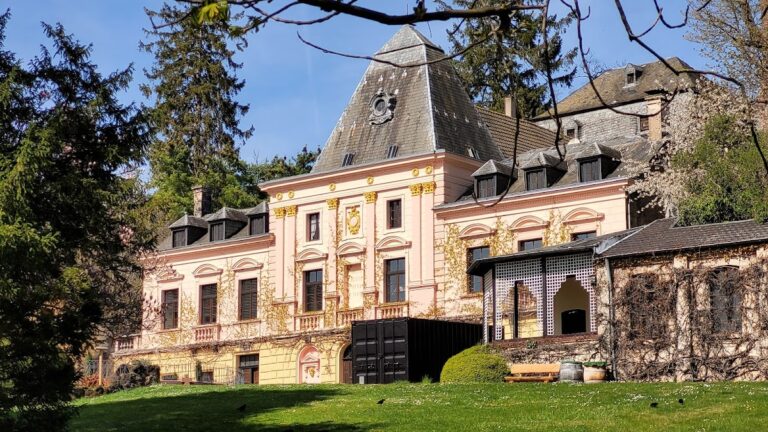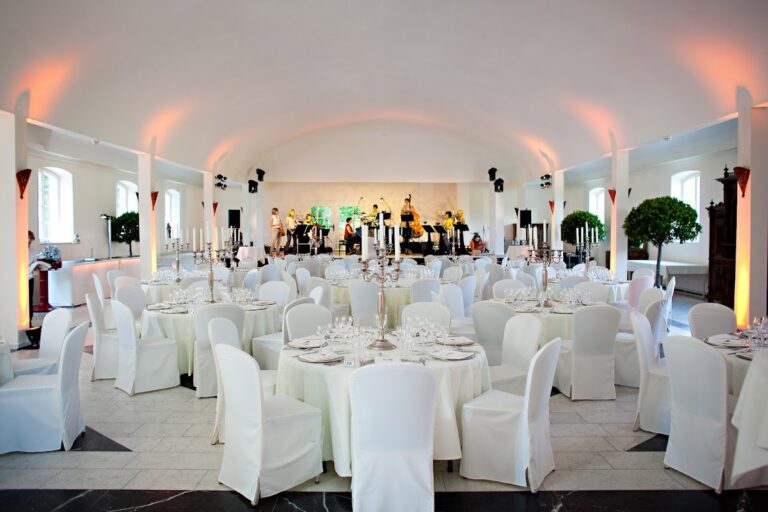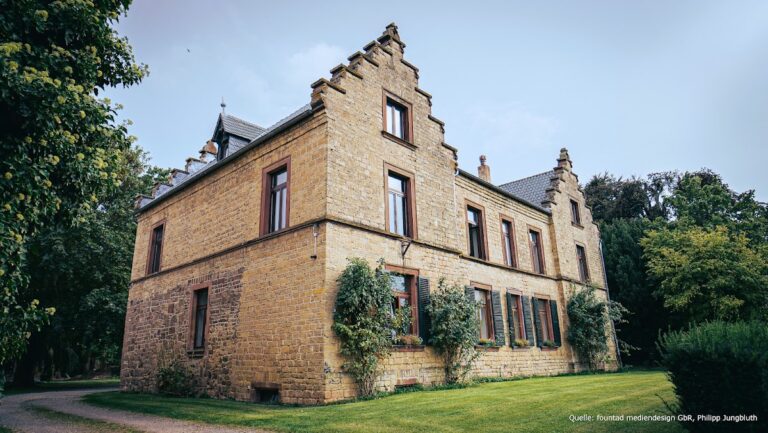Burg Zievel: A Medieval Castle near Mechernich, Germany
Visitor Information
Google Rating: 4.4
Popularity: Low
Google Maps: View on Google Maps
Official Website: www.burgzievel.de
Country: Germany
Civilization: Unclassified
Remains: Military
History
Burg Zievel is a medieval castle located near Mechernich in Germany. It was constructed and developed primarily during the Middle Ages by local noble families within the Holy Roman Empire.
The castle first appears in historical records in 1107 as the possession of the Counts of Limburg, establishing its origins as a noble estate early in the 12th century. By 1169, documents mention a nobleman named Gerhardus de Zivele, reflecting the castle’s connection to regional aristocracy at that time. Ownership briefly passed to Archbishop Philip of Cologne in 1190, signaling its strategic or ecclesiastical significance, before returning in 1234 to a free noble family named von Daun. This family subsequently took on the name von Zievel, directly associating themselves with the castle and its lands.
During the 14th century, Burg Zievel came under the control of the Schmeich von Lissingen family. Records from 1337 note Ritter Johann Schmeich von Lissingen as the owner. The estate during this period included the neighboring villages of Lessenich and Rißdorf, highlighting the castle’s role as a local administrative center. Ownership shifted again in the 15th century when the Metternich family acquired the property. By the 17th century, the castle was held by the Metternich-Müllenark lineage, reflecting continuity within this noble house over several generations.
In the late 18th century, Burg Zievel transferred to the von Roth family. Beginning in 1766, the Krewel family served as tenants, and in 1822 they purchased the castle and its surrounding lands. Under their care, the old manor house was replaced with a newly constructed building between 1825 and 1828, marking a significant modernization in the castle’s residential facilities. Since then, the property has remained with the Krewel family, who continued to adapt the estate to changing needs into modern times.
Remains
Burg Zievel’s layout originally reflected the design of a rectangular water castle, surrounded by moats that no longer survive. Its position near the southern edge of the Billiger Berg forest, close to the Veybach valley, would have provided both natural protection and access routes. Today, the castle complex retains several identifiable elements from various periods of its long history.
The most prominent structure is a round bergfried, which served as the main defensive tower. This tower stands on the western side of the castle grounds and encompasses the core of an earlier medieval construction, though it underwent significant alterations. A Baroque dome, topped with white paint, was added at a later stage, transforming the tower’s silhouette and reflecting architectural tastes beyond the Middle Ages.
Two gate towers mark the southwest and northwest corners of the castle precinct. These towers controlled access points and reinforced the site’s defenses. Adjacent to the bergfried is a notable two-story building featuring stepped gables dated 1661. This part of the castle was erected during the expansion carried out by the Metternich family in the 17th century, demonstrating continued investment and development during their tenure.
Replacing the earlier manor house, the current pink-painted manor was constructed between 1825 and 1828 under the ownership of the Krewel family. This building illustrates a substantial phase of renewal and represents the castle’s evolution from a medieval fortress to a more modern noble residence.
Surrounding the castle is a park landscape with mature trees and ponds edged by reeds, remnants of what was once an English-style garden. In the 1990s, the grounds were further adapted with the installation of an 18-hole golf course within this park. Despite these changes, portions of the castle’s external grounds remain accessible, allowing views of its historical setting and enduring landscape design.










